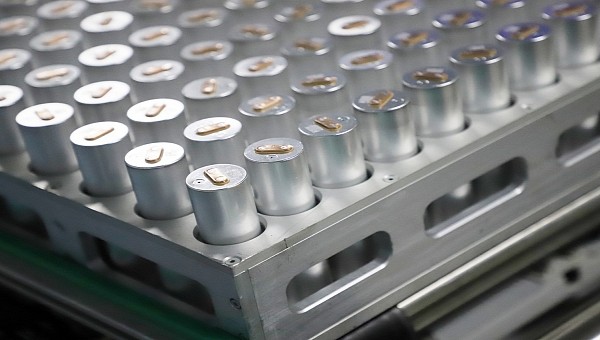Many people delay buying an electric vehicle because they think the battery will degrade long before the car’s end of life. Stanford engineers might have found a solution to this problem, which could extend a battery’s life by at least 20 percent.
Even though many fear the batteries in electric vehicles will not last that long, the experience shows otherwise. I admit the first-generation Nissan Leaf had problems because the battery lacked active thermal management. Nevertheless, modern EVs can drive for many years with the original battery. Countless Tesla examples already drove more miles than most people drive in a lifetime without needing a battery replacement.
But even if they are “good enough,” this doesn’t mean there is no room for improvement. And when Stanford scientists use their precious time and resources to find solutions to improve Li-Ion batteries’ lives, something good is bound to happen. In this case, a new charging method could change how EV batteries are built, charged, and discharged. The result is a longer life cycle without any other change in materials or technology.
The study shows that EV batteries are comprised of many individual cells, each with its own “personality,” if you will. Some degrade faster than others, and some may offer better charging and discharging performance. This goes down to variations in manufacturing and materials and one cell’s place inside the battery pack if this means different thermal characteristics.
The point is that the average single cell lasts longer than the average battery pack, and when a weak cell dies, it takes away the whole pack. To prevent that, it is enough to consider the unique characteristics of individual cells and regulate the charging and discharging according to their state. This removes a lot of stress for the affected cells, making the whole battery pack last longer.
Stanford scientists tested their theory on a computer model since doing it in real life would take a really long time. The results showed that the stronger cells could withstand the highest stress, while those that started to degrade should be treated more gently. Cell degradation is limited by setting the charging conditions on a per-cell basis, and the battery packs could last at least 20% more charge-discharge cycles, even when frequently using fast charging.
The same solution can be applied to the discharge cycle, drawing the current from each cell based on its condition and capability. The only problem is that such an approach would vastly complicate the battery packs and their management electronics. This could lead to more weight, less battery capacity, and generally more expensive electric vehicles.
But even if they are “good enough,” this doesn’t mean there is no room for improvement. And when Stanford scientists use their precious time and resources to find solutions to improve Li-Ion batteries’ lives, something good is bound to happen. In this case, a new charging method could change how EV batteries are built, charged, and discharged. The result is a longer life cycle without any other change in materials or technology.
The study shows that EV batteries are comprised of many individual cells, each with its own “personality,” if you will. Some degrade faster than others, and some may offer better charging and discharging performance. This goes down to variations in manufacturing and materials and one cell’s place inside the battery pack if this means different thermal characteristics.
The point is that the average single cell lasts longer than the average battery pack, and when a weak cell dies, it takes away the whole pack. To prevent that, it is enough to consider the unique characteristics of individual cells and regulate the charging and discharging according to their state. This removes a lot of stress for the affected cells, making the whole battery pack last longer.
Stanford scientists tested their theory on a computer model since doing it in real life would take a really long time. The results showed that the stronger cells could withstand the highest stress, while those that started to degrade should be treated more gently. Cell degradation is limited by setting the charging conditions on a per-cell basis, and the battery packs could last at least 20% more charge-discharge cycles, even when frequently using fast charging.
The same solution can be applied to the discharge cycle, drawing the current from each cell based on its condition and capability. The only problem is that such an approach would vastly complicate the battery packs and their management electronics. This could lead to more weight, less battery capacity, and generally more expensive electric vehicles.






